Last week, I was lucky enough to go on a rafting trip down the Middle Fork Eel River with the BLM Arcata field office. My job was mainly to look for invasive species along the river, and to get a general idea of the ecosystems out there. There were also wildlife biologists, fisheries biologists, and archaeologists on the trip, and I took any chance I could get to follow them around and see what they were up to! When I was a kid, I wanted to be an archeologist (Indiana Jones was my hero), so it was extra special to get to see archeologists at work (a lot less danger and booby traps than I had imagined, but just as exciting).
For most of the trip, we floated through mature oak woodlands, peppered with cottonwoods, willows, and ash along the river banks. I saw my first black bear (and then two more). The spring wildflowers were in full bloom, and it was gloriously sunny the entire trip (a rarity in my usual Humboldt county!). Here and there we could see burn scars along the ridges from previous fires, and the occasional cattle ranch when we drifted by private property. Another part of why we were out there was to make sure that there wasn’t any illegal activity on the BLM managed land – the last time anyone had checked on these parcels was in 2008, because they are really only accessible by the river. Thankfully, we didn’t come across anything suspicious, and we didn’t see any other people for the entirety of the trip! Probably my favorite part of the day was in the morning, when I would wake up to watch the sun rise (I swear this had nothing to do with my leaky sleeping pad) and take the time to organize my notes from the previous day and just soak in the scenery around me. I still can’t quite believe that I got to go on this trip, but my fading sunburn and mounds of pictures won’t let me forget. Here are a few!

On the tail end of our trip – note the steep canyon walls that make it hard to access the shore – must be BLM land!

Looking down at the river from Pinnacle Rock – worth the climb! And a good representation of the oak woodlands.

Our campsite for the night!

Watching the sunrise on our last day!
Other than the rafting trip, I’ve been doing some invasive weed mapping, participating in safety days, gearing up for SOS collections, working with crews from the California Conservation Corp and prepping for Kids Ocean Day (more on this later!)
Madie




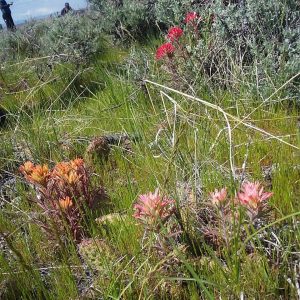
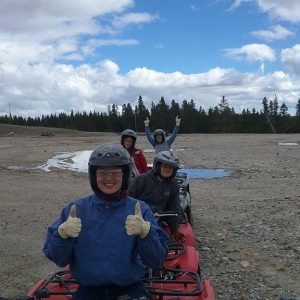
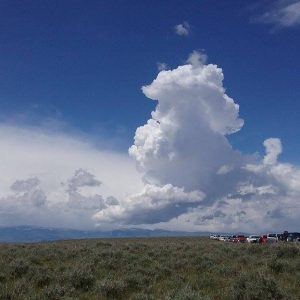
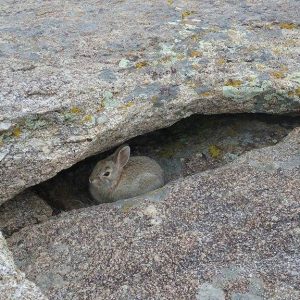
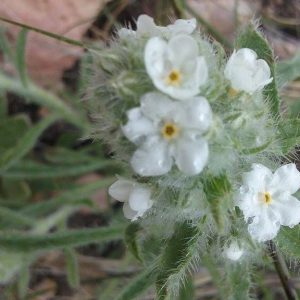
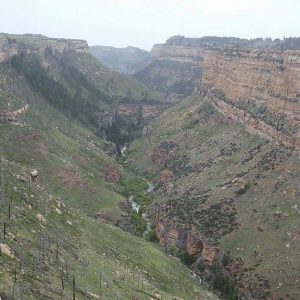








 pulation after a long days work, and later mapped it out in ArcMap. It is so rewarding and interesting to see exactly where it is on a map after being there all day. I’m really excited to learn more about GIS. Now that I’ve received my access card, here in my SIXTH week, I can start working with our wonderful GIS wizard at the BLM.
pulation after a long days work, and later mapped it out in ArcMap. It is so rewarding and interesting to see exactly where it is on a map after being there all day. I’m really excited to learn more about GIS. Now that I’ve received my access card, here in my SIXTH week, I can start working with our wonderful GIS wizard at the BLM.


















